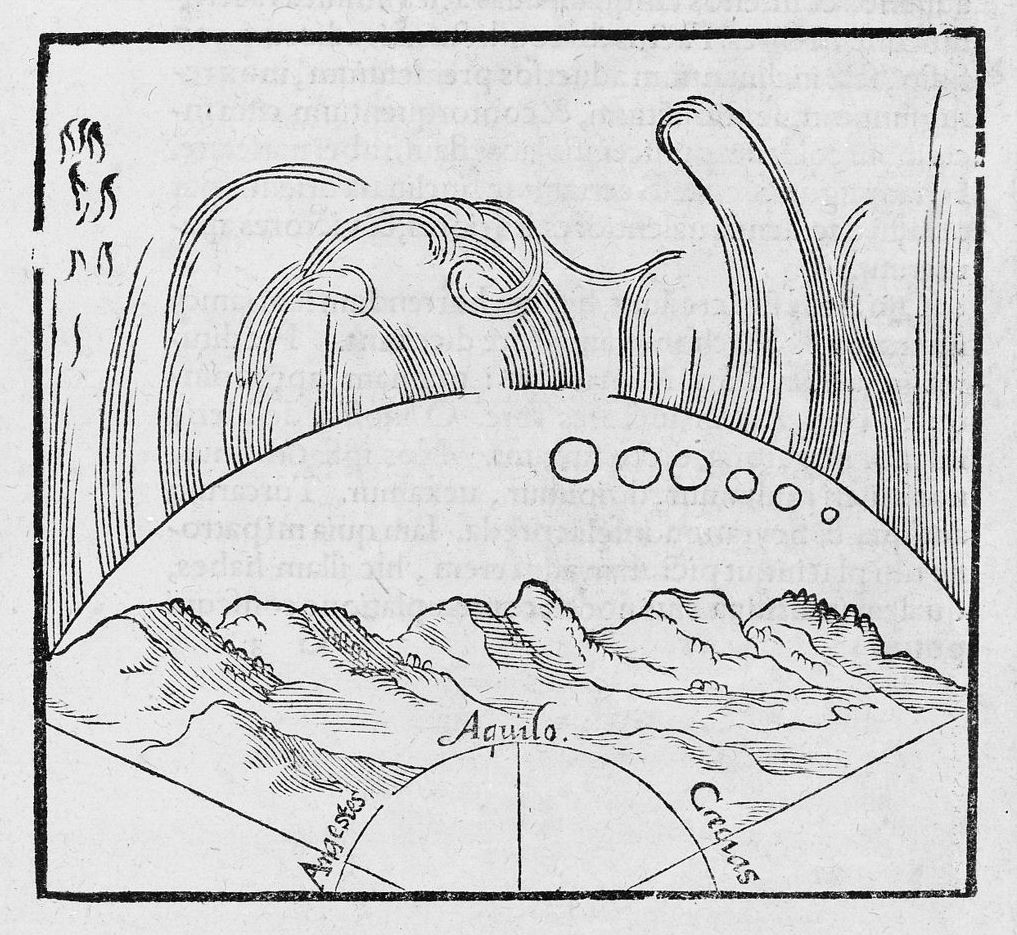Comets were considered as belonging to the sublunary world (closer than the Moon), which was supposed to be imperfect and subject to changes, while the supra-lunar world was perfect and unchanging. According to Aristotle, they were atmospheric phenomena, thus very close to us and therefore particularly formidable.
Amid these fantasies stands a remarkable character: the Roman Seneca (4 BC-65 AD), a Stoic philosopher, tutor and adviser to Emperor Nero, who forced Seneca to commit suicide after his disgrace. In his Natural Questions, Seneca devotes many lines to comets. He writes :
To facilitate our research, it will be good to consider whether comets are of the same nature as the bodies placed above them [the planets]. They have with them points of resemblance. […] Nothing confusing or tumultuous in their pace, nothing to suggest that they obey trouble elements and fickle mobiles. And then, even if these [atmospheric] vortices were strong enough to seize the humid fumes of the land and to throw them from so low to such heights [this is the idea of Aristotle on comets], they would not raise above the moon: all their action stops in the clouds. Now, we see comets riding very high in the heavens, among the stars. It is not likely that a vortex would subsist in such a long journey.

Les comètes comme des exhalaisons de la Terre, d’après Aristote. De cometis dissertationes novae clariss. / Thomas Erastus, Andreas Dudith, Marco Squarcialupi, Simon Grynaeus - Basilae, 1580 - p. 78
Crédit : Observatoire de ParisSeneca thinks therefore, in opposition to Aristotle, that comets are not necessarily atmospheric phenomena, and may be more distant than the Moon. He adds :
Why be surprised that comets, which show themselves so rarely to the world, are not yet for us constrained by fixed laws, and that one does not know from where they come and where they will stop. [ … ] An age will come when what is mystery to us will be revealed by time and by the studies accumulated for centuries. […] Some day, a man will be born who will demonstrate where in the sky comets are wandering; why they move so quickly away from other planets [sic]; what are their size and nature.
This remarkable text, which calls for a scientific study of comets, contrasts with the passivity that would characterize for many centuries the philosopher’s successors.
With the guiding star, which was supposed to herald the birth of Christ, being often identified as a comet, ancient Christianity inverted the trend: comets might become favorable signs.
This is what appears in the representation of Halley’s Comet in the Bayeux Tapestry in France or in monastic illuminations. But we were still far from a scientific approach.







